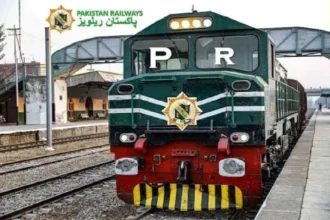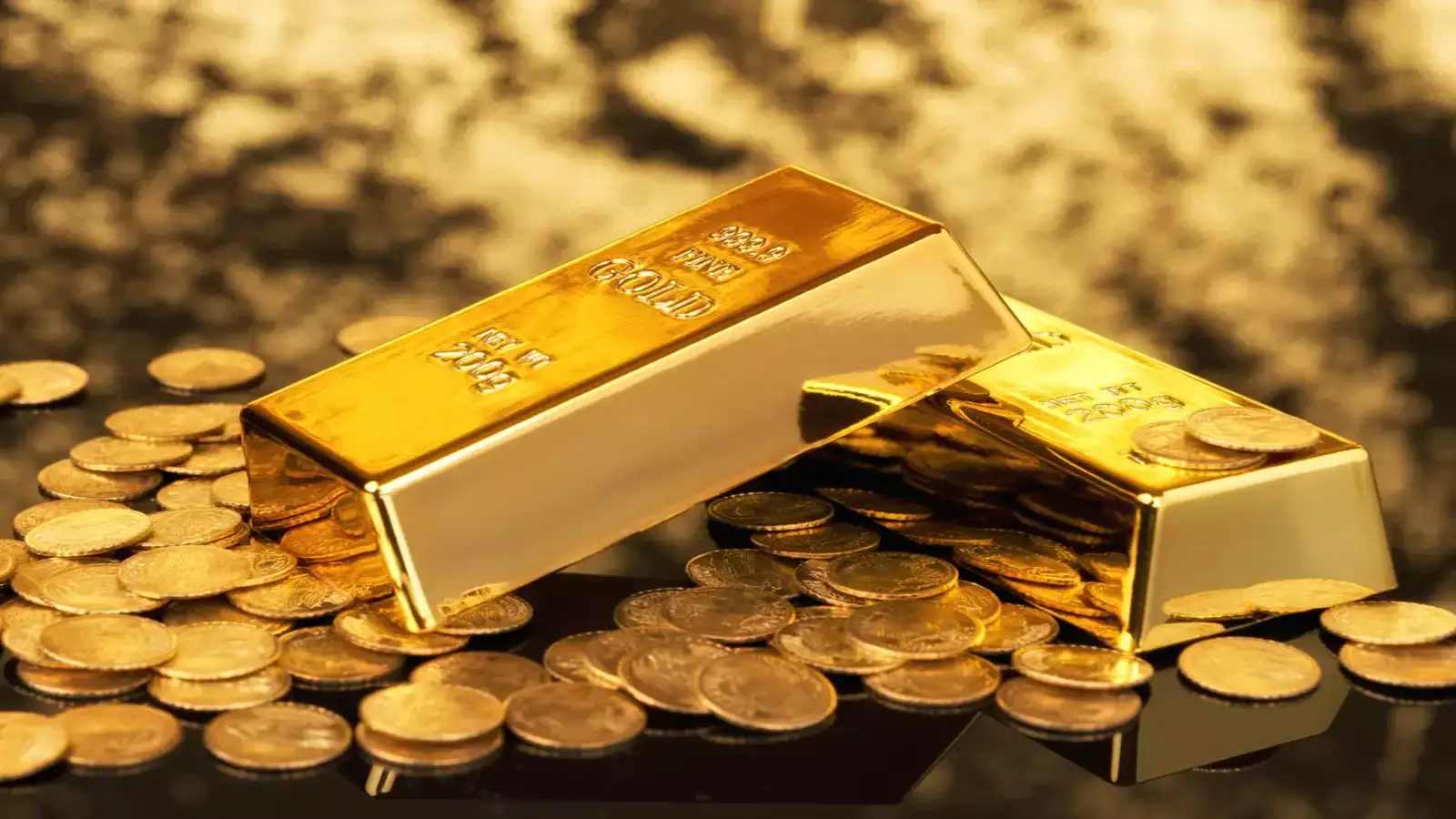
Pakistan and Iran have recently reached a milestone in bilateral economic cooperation that could brighten the future of both nations. A significant step in this development was a meeting in Islamabad between Pakistan’s Federal Minister for Commerce, Jam Kamal Khan, and Iran’s Minister for Industry, Mining, and Trade, Mohammad Atabak. The meeting laid the foundation for strengthening partnerships built on trade facilitation, border cooperation and mutual trust.
This high-level meeting coincided with Iranian President Dr. Masoud Pezeshkian’s two-day official visit to Pakistan. During the talks, both ministers emphasized removing trade barriers, promoting bilateral commerce, and identifying priority sectors for meaningful cooperation. Mohammad Atabak praised the active role of Pakistan’s economic institutions and Ministry of Commerce, while Jam Kamal Khan underscored the importance of commitment, intention and implementation in this partnership.
Minister Jam Kamal remarked, “There comes a moment in diplomacy when the iron is hot, and this is that moment.” This wasn’t merely a rhetorical phrase; it signified a decisive point in bilateral ties where bold, timely action was needed rather than indecisive hesitation. This spirit helped direct the negotiations toward practical outcomes beyond ceremonial declarations.
To bolster mutual relations, Pakistan and Iran agreed on several substantial steps:
Reactivating the Joint Economic Commission (JEC) without delay
Initiating Business-to-Business (B2B) meetings
Forming sector-specific trade delegations
Encouraging dialogue through federal and provincial trade representatives on regulatory alignment, market access, and investment opportunities
These measures aim to lay the groundwork for a trade framework that goes beyond bureaucratic formalities and delivers practical, effective solutions.
The two nations identified sectors with high cooperation potential, including:
Agriculture and livestock
Services and energy
Cross-border logistics
These areas have the capacity to directly boost employment, productivity, and trade volume. Minister Jam Kamal proposed that the trade delegation model previously tested with Belarus be replicated with Iran, ensuring effective market access and harmonized trade regulations.
He also emphasized the importance of regional trade by citing ASEAN countries as examples, which developed through strong trade relations with neighboring states. Pakistan and Iran must capitalize on their geographical proximity, he said, otherwise, the cost and time lost would be irreparable.
He projected that if both countries fully harness their mutual potential, bilateral trade could reach $5–8 billion annually in the coming years. Moreover, this partnership wouldn’t remain limited to just Pakistan and Iran. It could evolve into a powerful regional trading bloc extending to Turkey, Central Asia, Russia, and the Middle East.
Mohammad Atabak acknowledged Pakistan’s ongoing efforts to boost exports and called for swift implementation of new agreements. He noted that businesses on both sides are ready and trust each other, but what they now need is a clear and consistent facilitation system from their governments.
Both ministers highlighted that cultural and linguistic harmony between the people of Pakistan and Iran is a fundamental pillar of their relationship. Minister Jam Kamal referenced a recent meeting with the CEO of a Special Economic Free Zone where the discussion was conducted in Balochi, a language shared by communities in both countries, a vivid symbol of historical and cultural bonds. Trade, therefore, is not just about the exchange of goods but also about fostering trust, shared identity, and mutual respect.
History teaches us that agreements and declarations without implementation risk becoming mere emotional rhetoric. For the Pakistan-Iran partnership to flourish, it is essential to involve private sectors, industrialists and business communities, ensuring that the relationship evolves into a transparent, long-term and institutionalized framework.
To that end, the Joint Economic Commission must be reactivated promptly, B2B engagements must be translated into real business deals, and cross-border infrastructure, export frameworks, and transport logistics need to be strengthened immediately.
This partnership isn’t just about expanding economic opportunities; it is a beacon of regional unity and mutual confidence. Both countries must now focus on converting trade corridors, border protocols, and sectoral collaborations into effective institutional frameworks.
It serves as a reminder that when two neighboring nations join hands with commitment, sincerity, and transparency, they move beyond short-term profits and embark on a journey toward a stable, sustainable, and prosperous economic future.
Now, all eyes are on the outcomes of Iranian President Dr. Masoud Pezeshkian’s visit to Pakistan. If the bilateral momentum continues, it won’t be long before long-standing issues like the Iran-Pakistan gas pipeline are resolved, and the dream of a free trade agreement becomes a reality. Furthermore, it would bring the people of both countries closer, reviving the shared civilizational ties that have long been yearned for.
(The author is a senior journalist with a deep understanding of Pak-Iran relations. His book “Tehzeeb ka Safar” on Pak-Iran ties has been published. He can be followed on X (formerly Twitter) via the handle @daudjour.)





